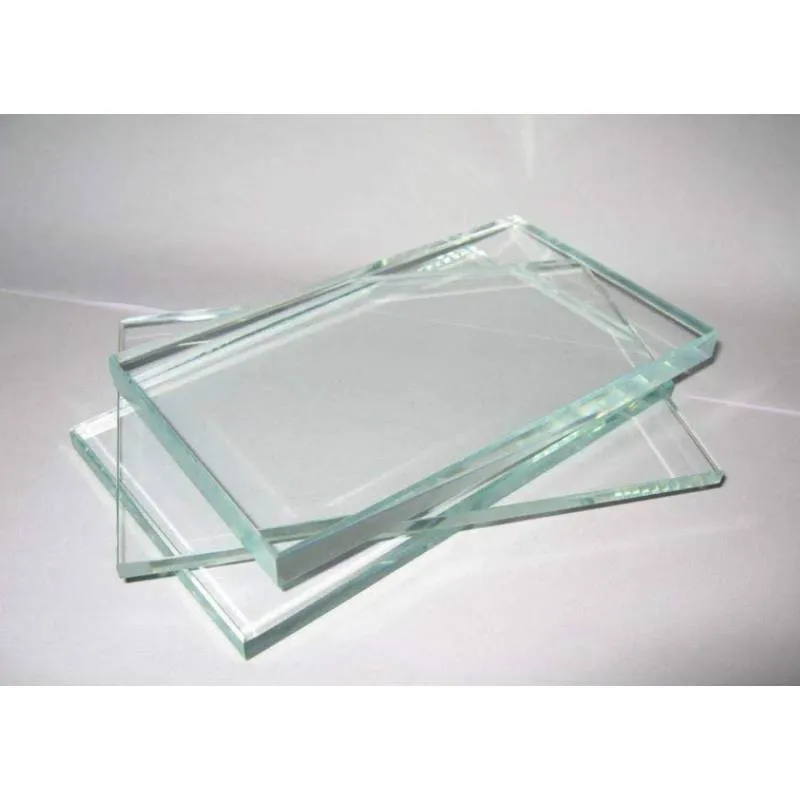The Float Glass Process An Overview of Manufacturing Excellence
The float glass process, a pivotal method in the production of flat glass, has revolutionized the glass manufacturing industry since its inception in the mid-20th century. Developed by the British chemist Sir Alastair Pilkington in 1952, this technique allows the production of high-quality glass sheets that are essential in various applications, ranging from windows and mirrors to screens and solar panels.
At the core of the float glass process is the idea of creating a flat, smooth surface by floating molten glass on a bed of molten tin. The process begins with the preparation of raw materials. Commonly used ingredients include silica sand, soda ash, and limestone, which are mixed and heated in a furnace at temperatures exceeding 1,500 degrees Celsius to form molten glass. This idealized glass composition is crucial for achieving the desired clarity, strength, and thermal stability.
Once the glass is melted, it is carefully poured into a large, rectangular trough filled with liquid tin. The unique properties of tin enable the glass to float and spread evenly across the surface, forming a continuous sheet. This is where the name float glass originates. As the molten glass floats, it spreads out, resulting in a uniform thickness that can be adjusted according to specific needs.
As the glass sheet cools, it undergoes a process called annealing in a controlled environment, allowing it to progressively harden without internal stresses or deformities. This annealing process is critical as it enhances the mechanical properties of the glass, making it more resistant to impacts and thermal fluctuations. After cooling, the flat glass is then cut into desired sizes, allowing for distribution and further processing.
the float glass process
One of the remarkable advantages of the float glass process is its ability to produce smooth, optically clear glass with excellent surface quality
. This is vital for applications that demand high transparency and low optical distortion, such as architectural glazing and automotive windshields. Moreover, the process is highly efficient, allowing manufacturers to produce large quantities of glass with minimal waste, contributing to sustainability efforts in the industry.
The versatility of float glass is further enhanced by the wide range of coatings and treatments that can be applied to its surface. For instance, low-emissivity (low-E) coatings can be added to improve thermal insulation, while patterned or colored coatings enable innovations in design and functionality. These enhancements have made float glass a popular choice in energy-efficient buildings and modern architectural designs.
Additionally, advancements in technology have led to continuous improvements in the float glass process. Automated controls and precision machinery have streamlined production, ensuring uniform quality and reducing production times. Furthermore, the integration of digital technologies and data analytics has allowed manufacturers to optimize processes, monitor quality in real-time, and integrate sustainability practices effectively.
In conclusion, the float glass process represents a benchmark of manufacturing excellence in the glass industry. Its innovative approach to producing high-quality, flat glass has set standards for clarity, consistency, and efficiency. As technology continues to advance, the float glass process will likely evolve further, embracing new materials and techniques that cater to the growing demands for sustainable and high-performance glass solutions in an ever-changing world. Whether for architectural, automotive, or technological applications, the float glass process remains a cornerstone of modern glass production.
 Afrikaans
Afrikaans  Albanian
Albanian  Amharic
Amharic  Arabic
Arabic  Armenian
Armenian  Azerbaijani
Azerbaijani  Basque
Basque  Belarusian
Belarusian  Bengali
Bengali  Bosnian
Bosnian  Bulgarian
Bulgarian  Catalan
Catalan  Cebuano
Cebuano  Corsican
Corsican  Croatian
Croatian  Czech
Czech  Danish
Danish  Dutch
Dutch  English
English  Esperanto
Esperanto  Estonian
Estonian  Finnish
Finnish  French
French  Frisian
Frisian  Galician
Galician  Georgian
Georgian  German
German  Greek
Greek  Gujarati
Gujarati  Haitian Creole
Haitian Creole  hausa
hausa  hawaiian
hawaiian  Hebrew
Hebrew  Hindi
Hindi  Miao
Miao  Hungarian
Hungarian  Icelandic
Icelandic  igbo
igbo  Indonesian
Indonesian  irish
irish  Italian
Italian  Japanese
Japanese  Javanese
Javanese  Kannada
Kannada  kazakh
kazakh  Khmer
Khmer  Rwandese
Rwandese  Korean
Korean  Kurdish
Kurdish  Kyrgyz
Kyrgyz  Lao
Lao  Latin
Latin  Latvian
Latvian  Lithuanian
Lithuanian  Luxembourgish
Luxembourgish  Macedonian
Macedonian  Malgashi
Malgashi  Malay
Malay  Malayalam
Malayalam  Maltese
Maltese  Maori
Maori  Marathi
Marathi  Mongolian
Mongolian  Myanmar
Myanmar  Nepali
Nepali  Norwegian
Norwegian  Norwegian
Norwegian  Occitan
Occitan  Pashto
Pashto  Persian
Persian  Polish
Polish  Portuguese
Portuguese  Punjabi
Punjabi  Romanian
Romanian  Russian
Russian  Samoan
Samoan  Scottish Gaelic
Scottish Gaelic  Serbian
Serbian  Sesotho
Sesotho  Shona
Shona  Sindhi
Sindhi  Sinhala
Sinhala  Slovak
Slovak  Slovenian
Slovenian  Somali
Somali  Spanish
Spanish  Sundanese
Sundanese  Swahili
Swahili  Swedish
Swedish  Tagalog
Tagalog  Tajik
Tajik  Tamil
Tamil  Tatar
Tatar  Telugu
Telugu  Thai
Thai  Turkish
Turkish  Turkmen
Turkmen  Ukrainian
Ukrainian  Urdu
Urdu  Uighur
Uighur  Uzbek
Uzbek  Vietnamese
Vietnamese  Welsh
Welsh  Bantu
Bantu  Yiddish
Yiddish  Yoruba
Yoruba  Zulu
Zulu 

